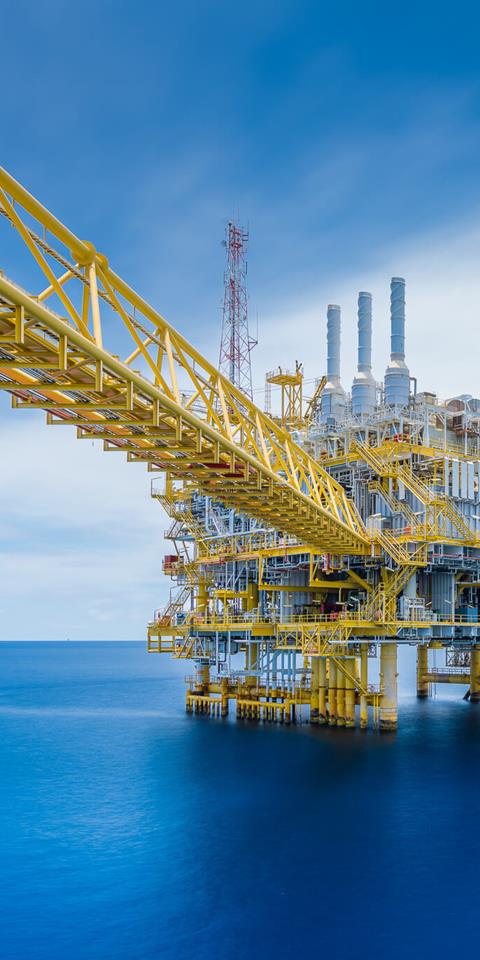The conflict in Ukraine has once again brought global energy prices into sharp focus.
Many had hoped that a significant production increase from OPEC might go some way towards stabilising things at least. However, the latest quota increase by OPEC and its fellow producers in OPEC+ came in at just 100,000 bbl/d.
While the members had all but rolled back their production restraint already, it was seen as a slap in the face to Western leaders, not least US President Joe Biden, who have been pushing for output increases to dilute oil prices still buoyant on supply concerns and the continuing geopolitical tensions worldwide.
That said, with various producer nations struggling to keep production stable, never mind on an upward trajectory, the new quota did at least pay lip service to the consumer nations’ pleas for help.
As Saudi Arabia, the UAE, Kuwait and others claim that they have little more production upside, we may soon start to hear commentators beg the question: “what is the point of OPEC?”.
Perhaps this is an unfair question given that the group’s self-imposed restrictions on production brought about price stability and reinvigorated the sector during a period of struggles. However, as the top producers prioritise spare capacity for use during this turbulent and challenging period, the question might just as well be: “If OPEC can do more, why doesn’t it?”.


